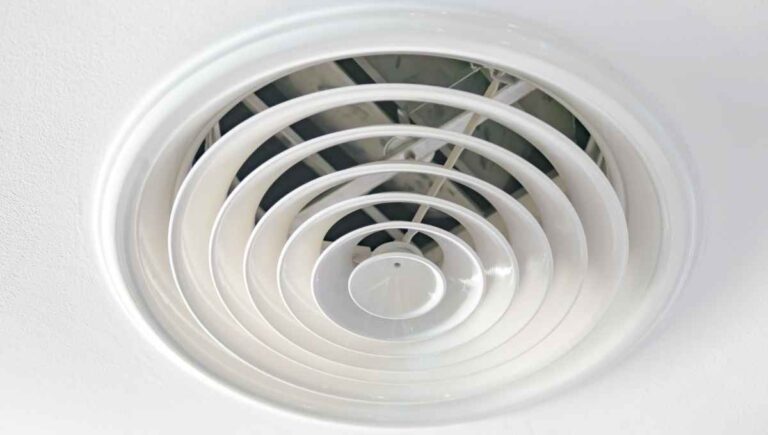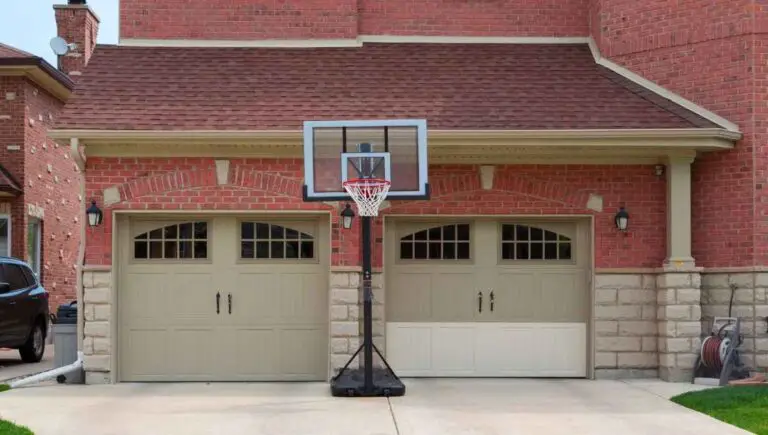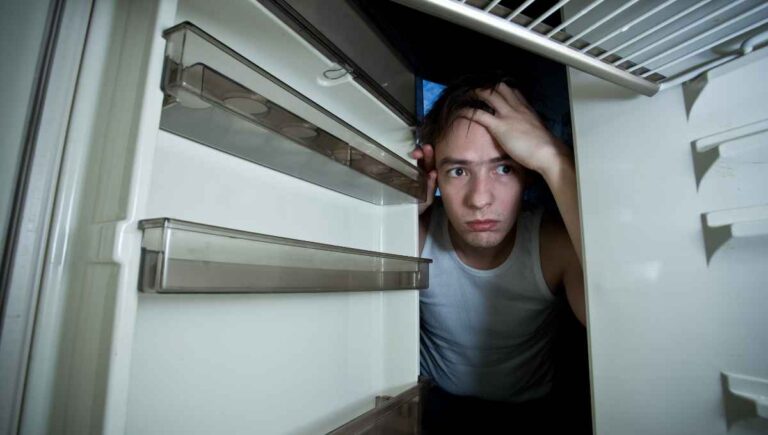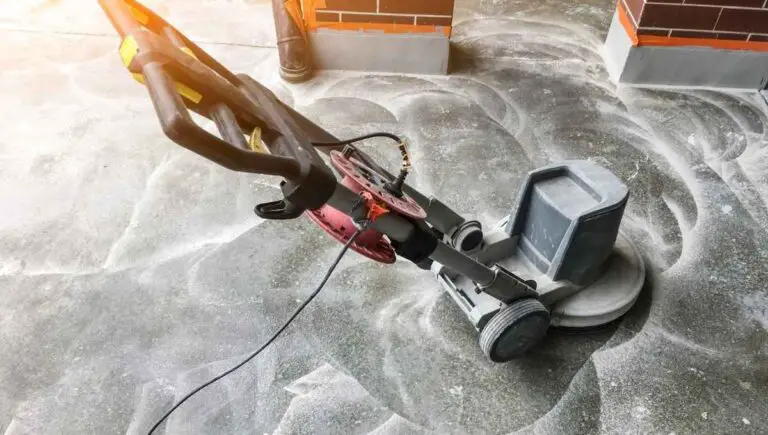Can You Replace Garage Door Sensors? (Quick & Easy Guide)
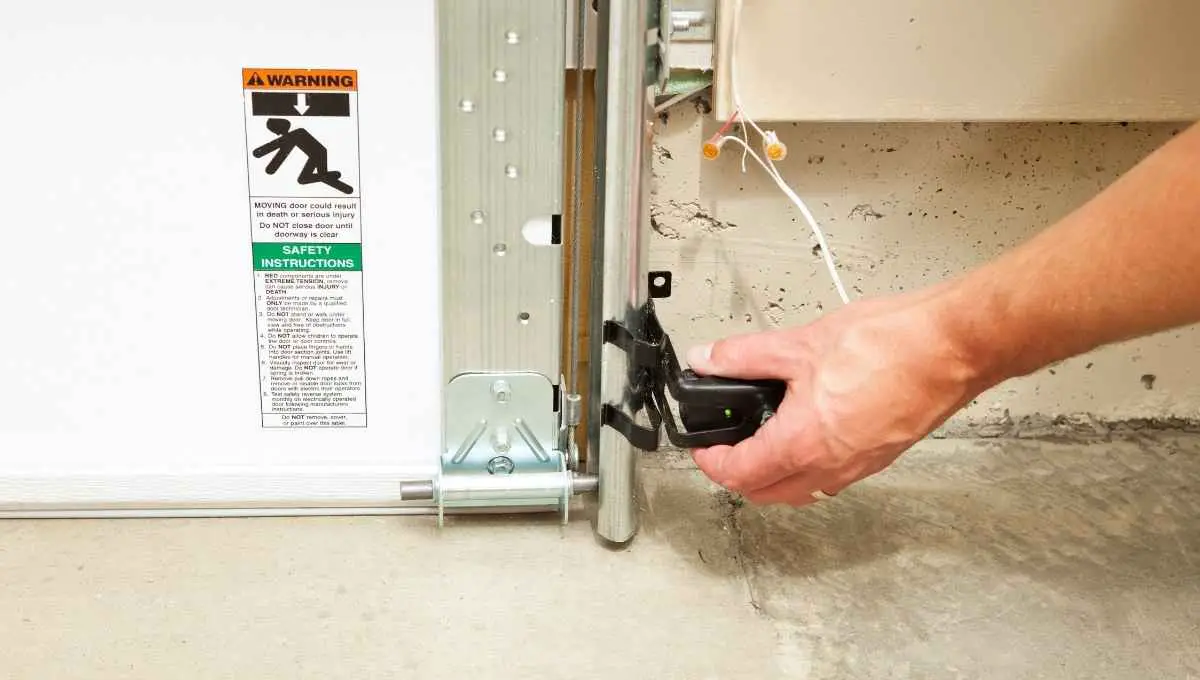
Garage door sensors play a crucial role in ensuring the safety and smooth functioning of your garage door. But what happens when they stop working? Can you replace them yourself or do you need to call a professional?
Garage door sensors can be replaced, but it’s important to first diagnose the issue to ensure that replacing the sensors is the right solution. By performing a thorough check of all components, you can make sure that you are addressing the root cause of the problem and not just a symptom.
In this blog post, we will provide step-by-step instructions on how to replace garage door sensors, as well as tips on troubleshooting common issues and choosing the right sensors for your garage door. Whether you’re a DIY enthusiast or just looking to save money, keep reading to learn everything you need to know about replacing garage door sensors.
This post contains affiliate links. This means Household Blogger may earn a commission should you make a purchase using any of our links. Please refer to our full affiliate disclosure policy for full details.
Here’s a Quick Pro Tip!
Sensors are replaceable, but you must ensure you use the right one for your garage door. Although many brands are interchangeable, getting one without checking which size fits your door can be risky.
However, some garage door sensor brands have worked hard to ensure they’re as interchangeable as possible. So here are replacements you can consider:
1. Replacement Safety Sensors – Compatible with Liftmaster and Chamberlain. These sensors will ensure the safety of your home.
2. Genie Safety Beam Sensor Replacement – Only compatible with Genie garage doors. This sensor alerts you of any malfunction.
3. Garage Door Opener Sensors – Compatible with Liftmaster, Chamberlain, Craftsman, and Sears.
Garage Door Sensors
Garage door sensors are required in every home with a garage. So you should know all the details of their functions and how long they should last. So, let’s discuss this below and clear your doubts once and for all.
Can Garage Door Sensors Be Replaced?
Garage door sensors can be replaced whenever they start malfunctioning. It is also recommended to do so because not having them can pose a hazard to your and your family’s safety. A garage door could harm you if it does not have sensors.
You risk your children or pets being harmed by the door if its sensors aren’t working appropriately. Therefore, you should consider regular inspections and replacements as an important safety measure to guard yourself against tragic incidents.
How Long Do Garage Door Sensors Last?
On average, garage door sensors tend to last from seven to ten years, depending on the sensor’s maintenance and quality. However, many things could alter its durability, like power outages and other complications related to wiring.
If they are checked thoroughly and protected from extreme heat or cold weather, they could last you up to 15 years maximum. The key is to always keep an eye on them and make sure that no humidity sweeps through since this can damage the sensor.
Are Garage Door Sensors Interchangeable?
Not all garage door sensors are interchangeable, although there are specific brands that you can use on almost all types of door openings. However, it is still best to check that your sensors match your garage door before installing them.
Many garage sensor brands are deemed “universal” because their manufacturers are trying to make them as interchangeable as possible, but this has not been entirely achieved. Hence, you should still check your sensor size and fit before adding it to your door.
How Do I Know if My Garage Door Sensors Are Aligned?
You can tell when your garage door sensors are aligned when one of the sensors is lit red, and the other one is green. The green light works as a sender, sending a light beam signal to the red light, which is the receiver.
If the sensors are unaligned, you will see either both lights stop working or the red ( in some cases, yellow) light starts flickering or flashing. In this case, you should fix the sensors since the door will not be able to detect objects and can close regardless of what is underneath, and it could be unsafe.
Why Are My Garage Door Sensors Not Working?
Some possible reasons why your garage door sensors are not working include alignment, wiring, or electrical complications. But it could also be that your sensor’s battery needs replacement or that they don’t receive enough power to function.
A lack of power can indicate wiring issues, which are easy to see when you take a closer look at them. Most likely, you’d need to replace the wires to fix it. You can do it by yourself, or better yet, consult with a professional electrician that can assist you.
However, there are other things to consider when the sensors aren’t working. For example, if the day is sunny, the sun’s rays may affect the sensors’ light beams, which prevents them from detecting anything. High humidity levels can also damage sensors.
How to Test and Fix Them
There are many reasons why your garage door sensor fails, but you have to be certain about its primary cause. Some sensors could simply have a visible obstruction, while others could be old or worn out. Let’s talk about it below.
How Do You Know if Your Garage Door Sensors Are Bad?
You can check if your garage door sensors went bad by placing a cardboard box, or any soft object, under the garage door. Then, press the close button on your door. If it closes, your garage door sensors have gone bad.
It could also happen that the garage door will work slower or simply refuse to close at all. Perhaps one of the sensors will repeatedly blink or not light at all. Such situations will tell you that your garage door sensor needs to be checked.
Once you detect the problem with your garage door, you should check the alignment, the wiring, and other underlying issues that may cause the sensor to malfunction.
How Do I Fix My Garage Door Sensor?
One of the simplest ways to fix your garage door sensor is by cleaning it with a soft cloth, which is only applicable if it’s not working due to debris. However, other issues may require different procedures.
Here are some other things you can do:
- Align them. To do this, unscrew the sensors, then move them slightly so they are level. You need a screwdriver and a leveling tool to ensure this process is done smoothly.
- Protect them from the sun. Sometimes, the reason why sensors don’t work is that the sun is hitting their photo-eye directly. To avoid this, shield them from the sun. This also prevents them from becoming damaged by the heat.
- Replace wires. If wires are broken or twisted, you need to cut them one foot from the sensor and replace them with corresponding wires. White wires go to the white terminal, while black and white (in some cases, grey) wires go to the grey terminal.
- Replace the sensors. Sometimes, the sensors wear out or cease to function unexpectedly due to constant years of use. For these matters, you’d likely need to purchase new sensors for your garage.
Can I Replace My Garage Door Sensors With Any Brand?
Even though some garage door sensors are interchangeable, you can’t always replace them with any brand because there might be slight differences between them. Thus, you should stick with one brand or ensure that the sensors fit your door.
Some brands have interchangeable sensors, including:
- Craftsman
- Chamberlain
- Raynor
- Liftmaster
It’s recommended that you ensure that they fit well in your garage door regardless of interchangeability. Further, it’s important that you also “troubleshoot” your garage door sensor to see if it works, as it will help you determine if you made the right choice.
How Do You Test a Garage Door Opener Sensor?
You can test a garage door opener sensor by placing a soft object or cardboard box underneath the door and then trying to close the door to see what happens. If the door closes slowly, refuses to close, or smashes the object underneath, it’s flawed.
It’s best to do this at a time when you know that there will be no children or pets playing around to avoid accidents. If you figure the garage door sensor is not working properly, you’d have to check other elements influencing this, such as the wires or the alignment.
Sensor Concerns
It’s common to hear that keeping an automatic garage door without sensors is not safe. However, it’s important to know what to do to prevent the garage door from harming someone accidentally. So, let’s discuss this topic below.
Can You Turn Off Garage Door Sensors?
It’s possible to get your garage door into manual mode and temporarily deactivate the sensors to avoid hazards caused by a malfunction. To do this, you just need to close the door and pull down the manual release cord.
However, if your door refuses to close, you should take wooden planks and place them between the door and the floor to avoid it from falling. Once this is done, you can set the door to manual mode.
When pulling the manual release cord, you have to pull it towards the garage door motor to open the door. Then, you have to pull it down and direct it towards the motor to avoid it from getting stuck in the release tracks.
You’ll usually want to do this whenever you need to replace the sensors, especially if you can’t deal with the situation immediately. It is a proper way to ensure the safety of your household.
Does Cold Weather Effect Garage Door Sensors?
Extreme cold weather can affect garage door sensors severely and prevent them from closing or opening due to the effect it can cause on its metal components. In addition, the metal parts of the sensor may expand and contract, causing potential harm.
Like any material, metal can contract and expand due to harsh fluctuations in extreme weather. For example, metal can contract during cold weather and expand during warmer weather. Since sensors are made with metal components, they will likely be affected.
Other complications of cold weather and garage door sensors include freezing and accumulation of frost. Sometimes, the door could close slower than expected, or the sensors could be damaged permanently and need replacement.
How Much Does It Cost to Have Garage Door Sensors Replaced?
Depending on the installation and the sensor brand you choose, the replacement for garage door sensors can range from 80 to 180 dollars. If we add this number to the replacement service cost, it can go up to 300 dollars.
Remember that these prices can vary depending on your area, the brand, and the service company you decide to consult with. But, of course, if you decide to “DIY” it, it probably won’t go beyond $200.
Why Won’t My Garage Door Sensors Light Up?
The most common reasons your garage door sensor might not be lighting up are that either the sensor is not properly aligned or the sensor is not receiving enough power to function. However, it could also imply that the wires suffered damage.
When the wires encounter a problem, both sensor lights stop working. It could mean that they are twisted or broken, in which case, changing them would fix it. However, it could also mean that the sensors are not aligned properly, thus not detecting anything.
Troubleshooting Garage Door Sensors
The key to understanding the root of the situation is testing the sensors, which you can do at no cost. Of course, you must ensure nobody is in the way whenever you are doing this. Nevertheless, let’s discuss the correct way to troubleshoot garage door sensors.
Why Are My Garage Door Sensors Not Working?
Garage door sensors can cease to work if there is some damage inflicted on them, if they are not placed at the same height, or if their wires are broken or twisted. Therefore, you need to troubleshoot your door to determine why they stop working.
Sometimes it could imply something blocking the sensors, whether outside light, dust, debris, or humidity. In such cases, all you have to do is clean the sensor so that it can detect the signals again. If none of these work, it may be time to replace the sensor.
What Does It Mean When One Garage Door Sensor Is Green, and One Is Red?
The sensors are working properly when one garage door sensor is green and the other one red. This is because the green sensor directs a beam of light into the red sensors, which is why they need to have different colors.
The green-colored sensor is the one that sends the signal. Meanwhile, the red one receives it. If one of them stops working, the door won’t be able to close or detect anything underneath it. Usually, it is the red light that indicates a malfunction whenever it blinks or shuts down.
Should Both Garage Door Sensors Have a Green Light?
It’s not common for two garage door sensors to be the same color, although different colors can be used depending on the brand. They must be different because one sensor will send light, and the other will receive it.
If both sensors are the same color or don’t light at all, they will likely suffer damage and are not working properly. Thus, it is recommended to troubleshoot your garage door sensors if you suspect that they are not functioning as they should.
What Does It Mean When One Garage Door Sensor Is Green and One Is Yellow?
When one garage door sensor is green and the other one is yellow, it indicates that both sensors are working as they are supposed to. So you should not worry about it as long as they don’t start blinking or shutting down.
Once your sensors start blinking or shutting down, it strongly indicates that they are not working accordingly. Thus, you need to check them to see what the issue is. Sometimes they may act this way because of an obstruction, like dirt or debris.
Why Is the Garage Door Light Blinking and Not Closing?
When the garage door light is blinking and not closing, the sensors are either damaged or unaligned, which means they need to be repaired. Often, it indicates that the wiring of the sensors has an issue.
However, it could also be that the sensors are not level, which causes the door not to work well. In this case, you have to unscrew them and move them a bit, so they are at the same height.
Related Questions
Which Garage Door Sensor Is the Receiver?
In most brands, the red garage door sensor is the receiver, while the green sensor is the sender, although this could be different with some manufacturers. Some could even use yellow as a receiver or have green as a receiver instead of the sender.
There could be three possibilities:
- Sensors have yellow and green lights, where yellow is the receiver and green is the sender.
- Red and green lights, where red is the receiver and green is the sender.
- Or green and yellow, but in this case, green receives, and yellow sends the signal it needs.
Are There Batteries in Garage Door Sensors?
Since garage door sensors work wireless, they need a three-volt-shaped coin-cell battery. You should check the back side of the battery when replacing it since it indicates the battery model your garage door needs.
The number on the battery will have two letters before the digits, CR, that indicate the presence of Chromium. Chromium is a metal used when making these batteries and other similar tools. This chemical is also used to form stainless steel to avoid corroding metals.
Can You Bypass Sensors on Garage Doors?
Although you can bypass the sensors, it should not be allowed since it could cause potential harm to you or your loved ones. Sensors have photo eyes that detect things to keep the door from closing. If bypassed, it will close despite having obstructing objects.
Unaligning sensors, walking above them, or pulling the emergency release cord of a garage door can help you bypass them. However, keeping your garage door without the sensors is not recommended due to safety concerns.
Garage doors have been required to have censors since 1993 due to a federal law referred to in UL 325. This law was passed due to safety issues regarding automatic garage doors. These regulations prevent harm caused by doors that could land on people or pets.
Final Thoughts
As you see, replacing garage door sensors is possible (and very necessary). It could be potentially dangerous if you leave your garage door without sensors, which is why it is a federal law requirement.
Moreover, it is important that you first check the reason why your sensor has stopped working in the first place. It wouldn’t be nice to invest in a new sensor because you erroneously thought that your sensors were broken when all they needed was a clean-up.
Further, getting new sensors wouldn’t be convenient if the problem resides on the wires. That is why checking it thoroughly before deciding on how to fix it is very important. As a side note, if you aren’t sure about doing this alone, don’t hesitate to consult a professional.







